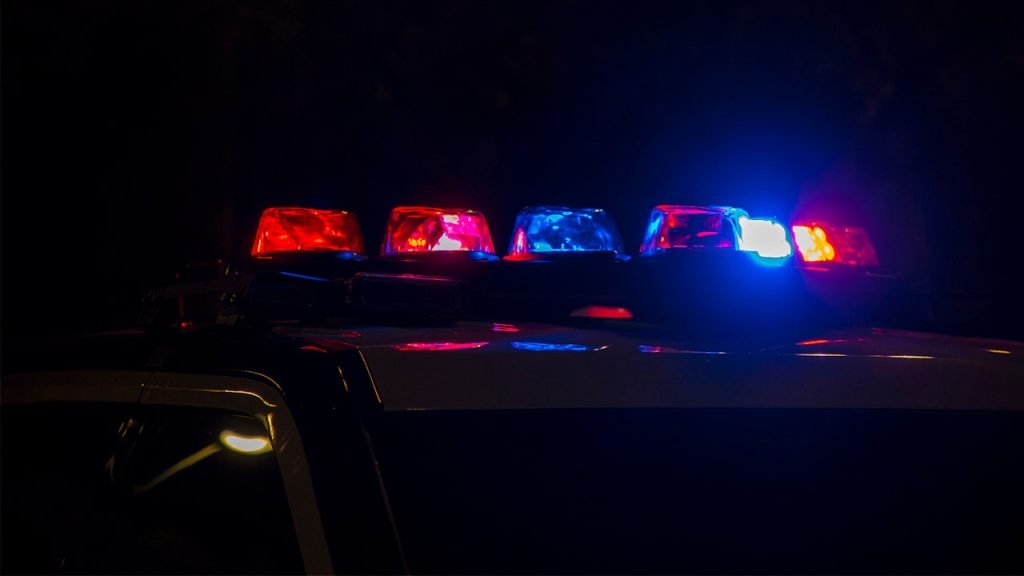A recent fatal police shooting of a member of the D.C. violence interruption program called Cure the Streets sparked protests in Washington, D.C. The victim, 26-year-old Justin Robinson, was shot and killed by police officers at a McDonald’s on Marion Barry Avenue earlier this month. Cure the Streets is a pilot public safety program launched by the Office of the Attorney General of D.C. that aims to reduce gun violence. Body camera footage released by the Metropolitan Police Department showed Robinson, initially unconscious in his car with a gun in his lap after crashing into the McDonald’s, attempting to grab an officer’s gun through his car window after regaining consciousness before he was shot by police.
The protest, which started at the 7th District police station and marched to the McDonald’s where the fatal shooting occurred, included chants of “No justice, no peace” and “Arrest the officers.” The demonstration grew to over 100 people and blocked off streets, leading to the arrest of six protesters. The protest turned violent as individuals began throwing bottles, rocks, and other objects at officers, prompting dispersal warnings from the police department. Despite the violent turn of events, police expressed their support for peaceful and safe protests while holding accountable those who commit criminal acts. An increased police presence was planned at the Seventh District as a precaution.
The officers involved in the shooting are currently on administrative leave as an investigation into the incident is underway. The protest highlighted the ongoing tensions between law enforcement and the community, particularly in cases of police-involved shootings. Calls for justice and accountability were central to the demonstrators’ message, as they demanded the arrest of the officers involved in Robinson’s death. The incident has raised questions about the use of force by police officers and the need for transparency and accountability in cases of officer-involved shootings.
The fatal police shooting of Justin Robinson has reignited discussions about police violence and the need for reform within law enforcement agencies. The protesters’ demands for justice and accountability reflect a broader national conversation about police brutality and systemic racism in policing. The demonstration in Washington, D.C., serves as a microcosm of the larger movement for police reform and racial justice that has gained momentum in recent years. The incident has also shed light on the challenges faced by violence interruption programs like Cure the Streets in addressing gun violence and building trust between communities and law enforcement.
The protests in response to the fatal police shooting of Justin Robinson illustrate the deep-seated issues surrounding policing and public safety in communities of color. The intersection of gun violence, police brutality, and systemic racism in America has fueled a sense of urgency for reforms that address these issues holistically. The incident serves as a reminder of the ongoing struggles for justice and accountability in cases of police violence, as well as the need for community-centered solutions to address root causes of violence. Moving forward, it is crucial for all stakeholders to work together to create a safer and more just society for all.















